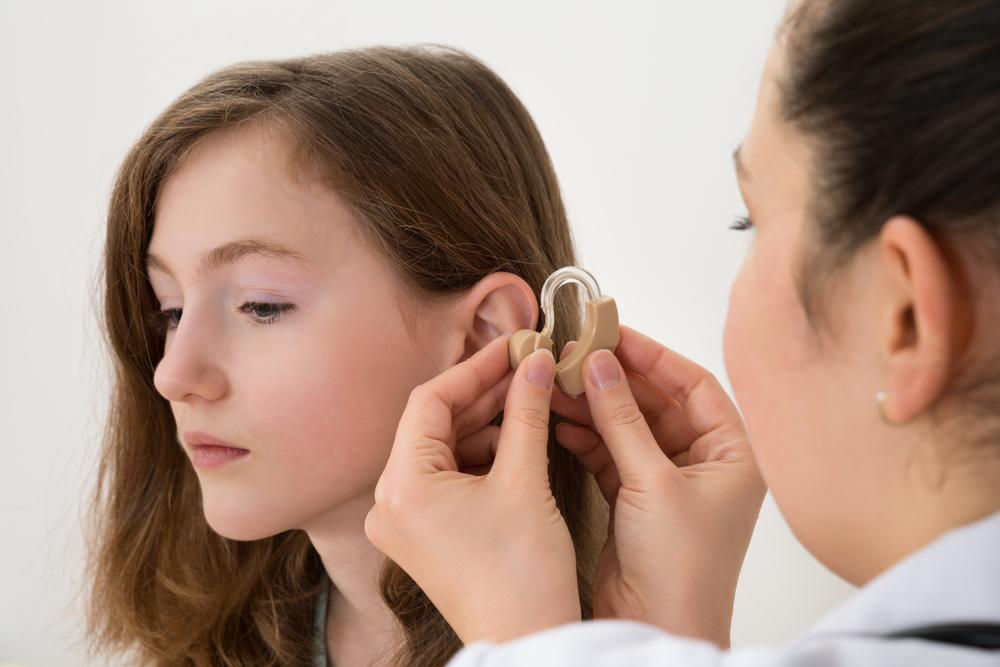Essential Factors to Consider When Selecting the Optimal Hearing Aids
Discover comprehensive insights into selecting the best hearing aids. This guide highlights critical features such as microphone technology, noise reduction, connectivity options, feedback management, and battery choices. Understanding these factors can help you choose a device tailored to your unique hearing needs, ensuring better sound clarity and enhanced quality of life. From assessing your hearing loss severity to exploring modern digital features, this detailed overview provides valuable advice for making informed decisions about hearing aid technology, fostering better communication and confidence in everyday environments.

Essential Factors to Consider When Selecting the Optimal Hearing Aids
Hearing aids have transformed from simple amplification devices into sophisticated technological marvels, offering individuals with hearing impairments a chance to reconnect with the sounds of life. Whether dealing with mild, moderate, or profound hearing loss, choosing the right hearing aid is vital to enhancing quality of life. Modern hearing devices are equipped with a range of advanced features, making the selection process more critical than ever. Investing in a high-quality hearing aid can significantly improve communication, safety, and overall well-being.
Understanding the key features to look for when selecting a hearing aid can help ensure you make an informed decision tailored to your unique hearing needs. It's important to remember that not all hearing aids are created equal, and different features serve different purposes depending on the severity and nature of your hearing loss.
The first and most crucial factor is matching the hearing aid to your specific level of hearing impairment. Accurate assessment by an audiologist is essential to determine the severity and type of hearing loss, guiding the selection of an appropriate device. For example, a hearing aid designed for mild hearing loss may not suffice for severe or profound loss. Customization ensures that the device addresses your unique hearing challenges, providing clarity and comfort.
Another significant feature to consider is the microphone technology incorporated into the device. Microphones are responsible for capturing sound and transmitting it to the ear. Directional microphones are particularly popular because they focus on sounds coming from specific directions, such as a speaker facing you, which helps improve speech understanding in noisy environments. These microphones typically come in various configurations, including adaptive, fixed, and dynamic systems, each offering different levels of sound focus and noise filtering.
Noise reduction capabilities are essential in modern hearing aids, especially for users who frequently encounter noisy settings like restaurants, social gatherings, or busy streets. Advanced digital processing minimizes background noise, making speech and important sounds clearer. Adjustable volume controls and Programmable Settings allow users to personalize their listening experience. For instance, some devices can be customized to amplify speech frequencies while suppressing unwanted background noise, thus enhancing speech intelligibility.
The integration of connectivity features has revolutionized hearing aid technology. Wireless connectivity allows users to pair their hearing aids with smartphones, tablets, and other wireless devices seamlessly. This enables direct streaming of phone calls, music, and notifications directly into the hearing aids. Furthermore, mobile applications provide users with the ability to control volume, switch programs, and fine-tune settings effortlessly. This level of customization and convenience ensures that users can adapt their hearing aids quickly to different environments and preferences.
Feedback management technology is another critical consideration. Feedback occurs when amplified sound escapes from the ear canal and is re-captured by the microphone, causing a high-pitched squeal or whistling sound. Modern hearing aids are equipped with advanced feedback cancellation algorithms that significantly reduce these unwanted noises, providing a smoother listening experience. This results in fewer interruptions and greater comfort for the user.
Battery life and power options are also important when choosing a hearing aid. Devices come with rechargeable batteries or traditional disposable batteries. Rechargeable options offer convenience and sustainability, ensuring your device is always ready when you need it. Additionally, considering the size and design of the hearing aid is vital for comfort and aesthetics. Smaller, discreet devices are popular for their unobtrusiveness, while larger models may offer more features and longer battery life.
Finally, cost and insurance coverage play a role in the selection process. While high-end digital hearing aids can be costly, they often come with a broader range of features that justify the investment. Many insurance plans or health savings accounts may cover part of the expense, making advanced hearing technology more accessible.
In conclusion, choosing the best hearing aid involves understanding your hearing loss severity, desired features, and lifestyle needs. By carefully evaluating microphone capabilities, noise reduction, connectivity, feedback control, and battery options, you can select a device that provides optimal performance and comfort. Remember, consulting with a qualified audiologist is essential to determine the best fit for your specific hearing profile, ensuring that you enjoy clear, natural sound and improved communication every day.





